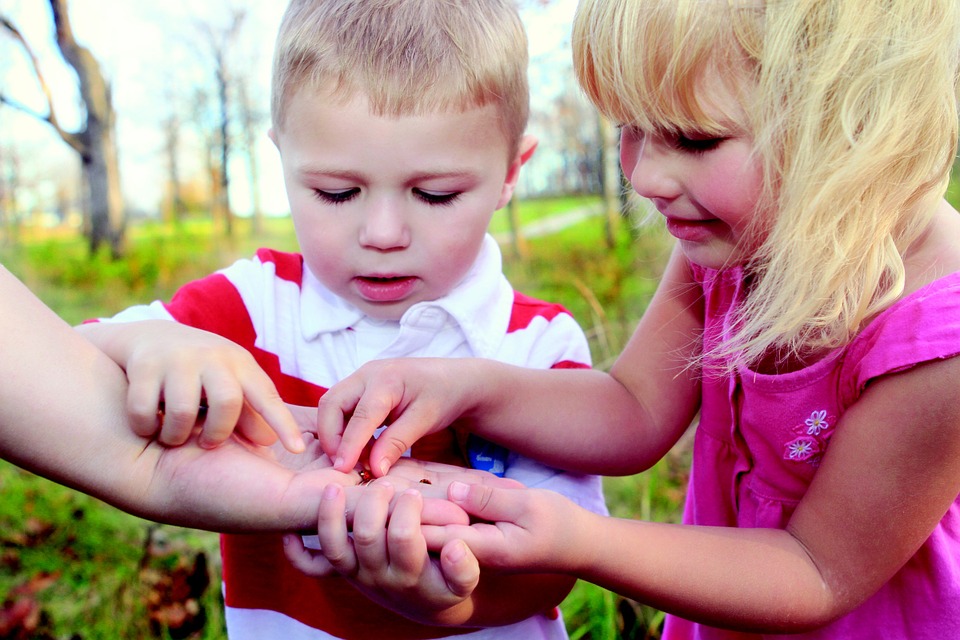
How to Spend Quality, Educational Time With Your Child

With so many of us battling busy schedules in order to spend time with our loved ones, it’s no wonder that we feel like there isn’t enough time in the day to fit in everything we want to do. For parents, it can be especially difficult to strike a good balance between work, home responsibilities, and spending quality time with the children.
However, there are some ways you can multitask and make sure your kids are getting the most out of their time with you. This means ensuring they get daily exercise and—especially important now more than ever—helping them spend time outdoors playing and exploring. You can even make it an educational experience by using your surroundings as a way to teach little ones about nature, responsibility, and even learning concepts such as math and science.
Here are a few of the best ways to spend quality, educational time with your children outside.
Let Them Play
One of the best ways to help your kids learn and experience nature is to just let them play. Organize a treasure hunt—which will help them use leadership and deduction skills—or look online for some fun water-based activities in the spring and summer. You can also look for fun science experiments to conduct outside, such as the water-walking challenge or homemade lava. Spending time making these projects with your child will allow you both to have fun and build memories that will last a lifetime.
Go on a Nature Walk
Whether you want to start in your own backyard, the neighborhood, or on a nature hike in the woods, you can teach your kids about plants trees, animals and geography by getting outside and moving around. Bring along some plastic baggies and a camera (or your phone) to collect and document the neat things you find, and encourage your child to keep a nature journal at home where he can write about the things he saw and experienced. This is a great project for the spring and summer.
Collect Rocks
This is a great activity you can do with your kids on your nature walk. Geology is an important part of science, as it teaches more about the earth’s natural materials, naturally occurring events like earthquakes and hurricanes, and mountains and other formations. Collecting rocks can help your children understand more about what the earth is made of. If you’re not familiar with your state’s most common types of rocks, grab a field guide before you head out. If your kids are interested in finding certain types of rocks, consider heading to a legal collecting site. Looking hard for a specific type of rock is a great way for kids to practice patience as well.
Get the Dog Involved
Kids love animals, and if you have a family pet, it’s a good idea to get him involved in your outdoor time. Go for a walk with him and the kids, and talk to them about the responsibilities of pet ownership, from making sure he gets enough exercise to cleaning up after him. If you don’t have a pet, consider dog walking for friends and neighbors. This can help you make extra money and will give you the opportunity to teach your children about the benefits of such a responsibility, including spending time with a loving animal and earning cash. If your children are teenagers, they can help with the walks; this is a great time to talk to them about profit vs. expense and how walking multiple dogs at the same time can change the dynamics of the job.
Start a Garden
Starting a garden can help your family bond while learning about the wonders of nature. Whether it’s a flower garden or one that grows different types of yummy veggies and fruits, your kids will get the benefit of learning how to care for something, how earth science works, and even how to explore math concepts in a fun way. Plus, if you grow your food, you’ll get to enjoy healthy treats with every meal.
Spending quality, educational time with your kids is important as they grow older, and it creates lasting bonds for both of you. Do some research on the best ways to head outside with your little ones, especially during warmer months, and plan for fun activities that will help them learn and grow.
Photo via Pixabay
